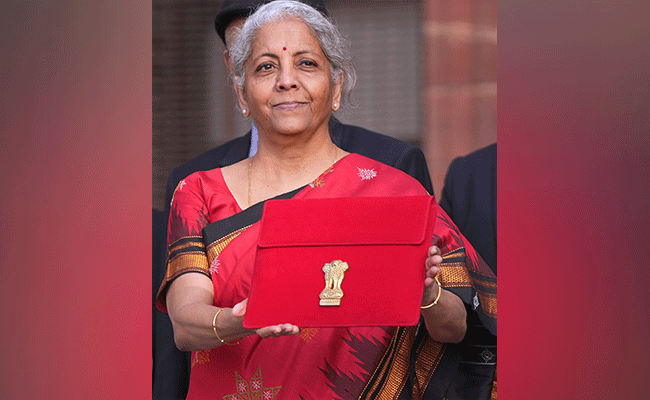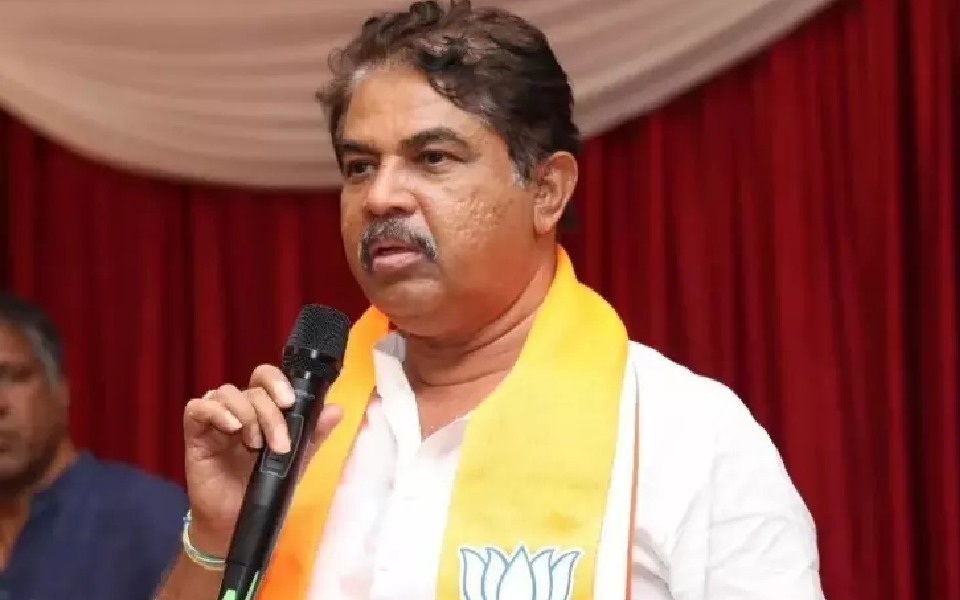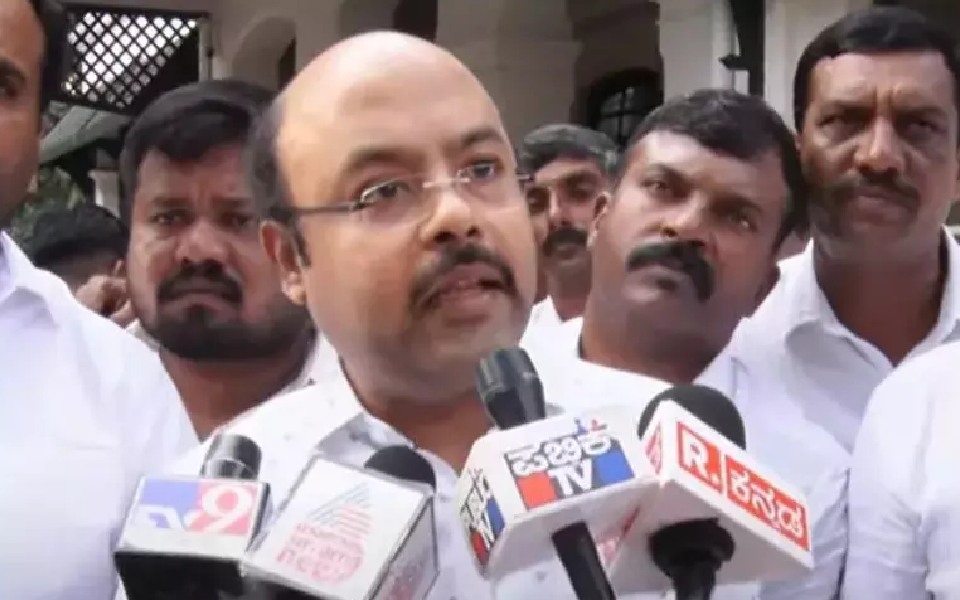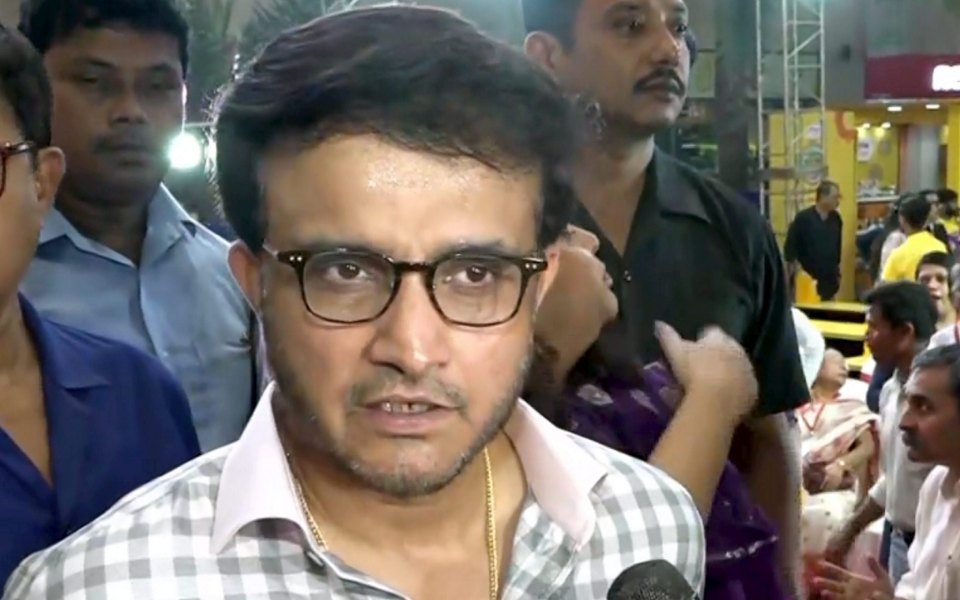Union Finance Minister Nirmala Sitharaman presented the Union Budget 2023 on Wednesday, February 1st, allocating nearly Rs 6 lakh crore ($8.1 billion) to the defence sector, with a capital outlay of Rs 1.62 lakh crore ($2.2 billion), a 12% increase from last year's Rs 1.44 lakh crore ($1.9 billion). The Ministry of Defence has been given a total budget of Rs 5,93,537.64 crore ($7.9 billion), which is 13.18% of the total budget and includes an amount of Rs 1,38,205 crore ($1.8 billion) for Defence Pensions.
The allocation to the Ministry of Defence makes up 8% of the total Union Budget. India is the third largest military spender, as per the Stockholm International Peace Research Institute (SIPRI). However, according to an analysis by the PRS Legislative Research, India's defence spending as a proportion of total government expenditure and as a percentage of the GDP has been decreasing in recent years. The Indian defence budget allocation has been a topic of concern for many years. In the last decade, the defence budget has grown at an average rate of 8.6% annually, while total government expenditure has grown at 10.8%. This has resulted in a decrease in defence spending as a proportion of the government expenditure, from 16.4% in 2012-13 to 13.3% in 2022-23, according to an analysis by the PRS Legislative Research. Furthermore, defence expenditure as a percentage of the Gross Domestic Product (GDP) declined from 2.3% in 2012-13 to 2% in 2022-23.
The capital outlay for defence includes expenditure on salaries of armed forces and civilians, pensions, modernisation of armed forces, production establishments, maintenance, and research and development organisations. The share of the defence budget spent on capital outlay has declined since 2012-13, with an average annual growth rate of 5% between 2012-13 and 2018-19 and 11% between 2019-20 and 2022-23.
The actual expenditure incurred by the Ministry of Defence has exceeded the budget since 2016-17, while the PRS analysis indicates that the funds allocated to the armed forces in the budget have been less than what was initially projected since 2015-16. In 2022-23, the total allocation for the three forces (including pensions) was Rs 5,25,166 crore ($7 billion), with the Army accounting for 58% of the defence budget, followed by the Air Force at 19% and the Navy at 16%. The allocation of funds to the armed forces in the budget has been less than what was initially projected since 2015-16, according to the PRS analysis. In 2021-22, while the projected funds needed for the three forces were estimated at Rs 4,49,508 crore, the budget allocated a sum of Rs 3,24,658 crore, resulting in a 28% shortfall. The shortfall for revenue expenditure and capital expenditure was 19% and 38%, respectively. The expenditure on the Army, Navy, and Air Force is in the ratio of 3.5:1:1.2, excluding pensions. The ratio of expenditure on these three forces is 2.5:1:1.1, excluding pensions.
The Budget for 2022-23 proposed that 68% of the defence capital procurement budget be earmarked for the domestic industry, up from 58% in 2021-22, in an effort to reduce imports and promote self-reliance. The government has also initiated the process of setting up 100 new Sainik Schools in partnership with NGOs, private schools, and state-owned schools, with 155 expressions of interest received as of January 13th, 2022.
The government has increased the Non-Salary/operational allocations to improve the operational preparedness of the defence services. The Non-Salary Revenue/operational allocation has received a boost of Rs 27,570 crore, augmenting the budgetary outlay from Rs 62,431 crore in BE 2022-23 to Rs 90,000 crore in BE 2023-24. This will cater to the sustenance of weapon systems, platforms, and their logistics, emergency procurement, progress stocking of military reserves, and more. The bloated salary and pension element of the Defence Budget against the slim capital expenditure has been constant concern of defence observers over the years. The slim capex fund leaves little room for modernisation and procurement.
The Union Budget 2023 has allocated a significant amount to the defence sector, with a focus on modernisation and self-reliance. The Ministry of Defence has been given a large portion of the total Union Budget and the capital outlay for defence has seen an increase from last year. However, the defence spending as a proportion of total government expenditure and the GDP has decreased in recent years and the actual expenditure incurred by the Ministry of Defence has exceeded the budget since 2016-17. The Indian defence budget has seen a decreasing trend in allocation over the years, but the government has made efforts to enhance the operational preparedness of the defence services and boost infrastructure and technological development. The Union Budget 2023-24 has allocated increased funds to the Capital Investment Outlay, BRO, DRDO, and innovation initiatives, signalling a commitment to the growth and strengthening of the defence sector.
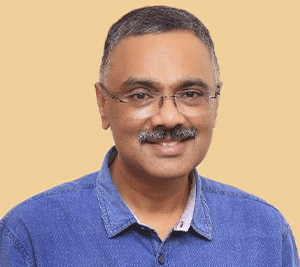
Girish Linganna
Defence and Aerospace Analyst
Let the Truth be known. If you read VB and like VB, please be a VB Supporter and Help us deliver the Truth to one and all.
Bengaluru: Leader of the Opposition R. Ashoka launched a scathing attack on MLC Dr. Yathindra, demanding that he retract his controversial statement comparing Chief Minister Siddaramaiah to the late Maharaja Nalwadi Krishnaraja Wadiyar. Ashoka urged Yathindra to apologize to the people of Karnataka if he had even a shred of conscience and any respect for the Mysuru royal lineage.
In a strongly worded social media post on Sunday, Ashoka stated, “Comparing Siddaramaiah to Nalwadi Krishnaraja Wadiyar is nothing short of absurd. Where is Nalwadi, who was bestowed the title of ‘Rajarshi’ by Mahatma Gandhi himself, and where is Siddaramaiah, who has stooped to being a puppet in the hands of fake Gandhis for the sake of power?”
He continued his critique by contrasting the enduring legacy of Nalwadi, remembered fondly by Kannadigas for his people-centric development, with what he termed as Siddaramaiah’s failure to manage Karnataka’s economy, burdening every household with debt.
Ashoka highlighted several stark differences, while Nalwadi built Mysore University over a century ago, Siddaramaiah is shutting down nine universities due to lack of funds. Nalwadi famously sold his family’s gold to build the KRS dam, whereas Siddaramaiah is accused of grabbing 14 sites meant for the public. Nalwadi established Bhadravati Iron & Steel Plant, Sandalwood Soap Factory, and Mysore Paper Mills. In contrast, Ashoka claimed Siddaramaiah's governance drove away industries, investors, and entrepreneurs. Nalwadi pioneered reservations for the backward classes long before it became mainstream. Siddaramaiah, Ashoka alleged, is reducing social justice to a gimmick by sticking labels on doors in the name of surveys.
While acknowledging Yathindra’s emotional attachment to his father, Ashoka emphasized that comparing Siddaramaiah to a visionary like Nalwadi was “laughable, baseless, and a gross insult” to the late king.
In his concluding remarks, Ashoka slammed the government for ignoring farmers’ needs despite an early monsoon. He accused the administration of being caught up in internal power struggles and negligence, forcing farmers into despair. “This government will not be spared from the curse of the farmers,” he warned.

